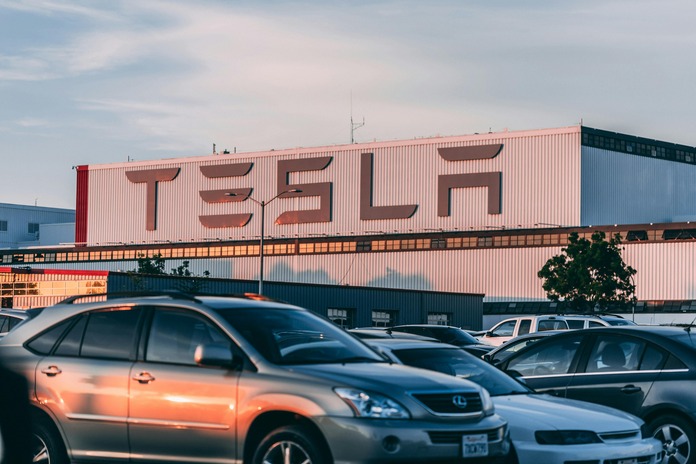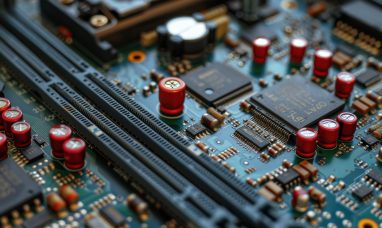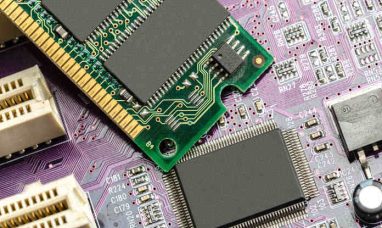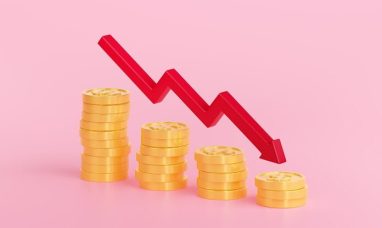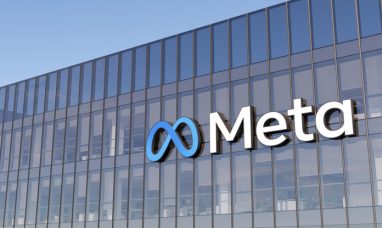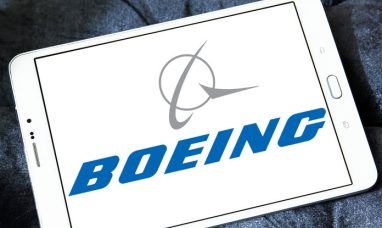Tesla (NASDAQ:TSLA) is doubling down on next-generation silicon engineering, with CEO Elon Musk declaring that the company expects to eventually produce more AI chips than all other AI chipmakers combined. This bold vision highlights how Tesla AI chips are becoming essential to the company’s long-term roadmap—and raises a key question for investors: does this innovation wave make TSLA stock a buy?
The expansion into custom chip design puts Tesla in direct competition with NVIDIA (NASDAQ:NVDA) and Advanced Micro Devices (NASDAQ:AMD), even though the use cases differ. While NVDA and AMD supply powerful GPUs for general-purpose AI and data centers, Tesla AI chips are tailored for vehicles, robotics, and energy systems. This gives Tesla tighter control over performance, cost, and integration across its products.
Inside Tesla’s Custom Chip Lineup
The evolution of Tesla AI chips began with the HW3 SoC, rolled out in 2019 to power Autopilot and Full Self-Driving. Delivering up to 144 TOPS per board, HW3 proved Tesla could produce automotive-grade silicon at scale.
In 2023, Tesla introduced the more advanced HW4, also known as AI4. Built on Samsung’s 7-nanometer technology, it offers superior energy efficiency, higher transistor density, and better thermal performance. The improvements result in two to four times the computing power compared with HW3, supporting larger neural networks, upgraded radar, and a refreshed camera suite.
These Tesla AI chips also power the Optimus humanoid robot. By providing real-time vision, object recognition, motion planning, and control, HW3 and HW4 give Optimus capabilities like 3D space mapping and hand-eye coordination—core functions for future robotics growth.
Looking ahead, Tesla is preparing its AI5 and AI6 chips. Musk revealed that AI5 could be finalized as early as this year, with production targeted for 2026 and widespread availability expected around mid-2027. During the latest earnings call, he confirmed that AI5 will be 40 times more powerful than AI4. Meanwhile, AI6 development is already underway.
To avoid overreliance on a single manufacturer, Tesla uses a dual-foundry strategy involving Samsung and Taiwan Semiconductor Manufacturing Company (NYSE:TSM). This diversifies supply, reduces risk, and adds flexibility, though it does increase engineering complexity.
Financial Performance: A Mixed but Manageable Quarter
Tesla’s Q3 2025 results showed some softness but nothing alarming. Revenue rose 12% year over year to $28.1 billion, driven largely by non-automotive segments. Energy generation and storage revenue surged 44% to $3.4 billion, while services climbed 25% to $3.5 billion. Automotive revenue grew more modestly at 6%, supported by a final lift from the expiring $7,500 federal EV tax credit.
Earnings per share fell 31% to $0.50, missing expectations of $0.56. Still, Tesla’s financial position remains healthy: operating cash flow came in at $6.2 billion, and the company ended the quarter with $41.6 billion in cash against just $1.9 billion in short-term debt.
Deliveries increased 7% to 497,099 vehicles, though production fell 5% to 447,450 units. The gap between output and shipments reflects inventory management and a cooling EV market with rising competition. Despite these headwinds, TSLA stock remains up 3.9% year to date.
Analyst Outlook on TSLA Stock
Analysts currently rate Tesla as a “Hold,” with a high target price of $600—representing potential upside of around 43%. Among 41 analysts, 14 label the stock a “Strong Buy,” two indicate a “Moderate Buy,” 16 recommend “Hold,” and nine call it a “Strong Sell.”
The growing emphasis on Tesla AI chips could become a significant catalyst for long-term growth, especially as the company expands into autonomy and robotics. But for now, investors must weigh Tesla’s ambitions against tightening EV demand and margin pressure.
Bottom Line
Tesla AI chips are positioning the company for its next era, blending autonomy, robotics, and energy into one integrated AI ecosystem. Whether that makes TSLA stock a buy depends on your risk tolerance—but Tesla’s silicon strategy is clearly reshaping its future.
Featured Image: Pexels © Craig Adderley



